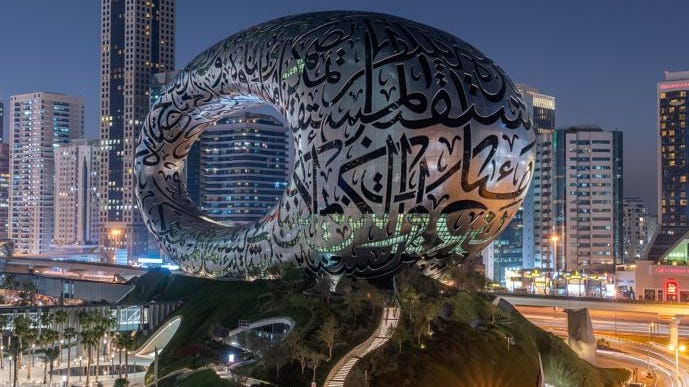Solar project to reduce campus greenhouse gas emissions by 600 to 700 tons annually
Author: Judith Magyar
The concept of innovating in the present to shape the future is not new. Companies that have been around for decades or even centuries continue to remain relevant despite climate change and geopolitical adversities thanks to their age-old innovative spirit and technology driven mindset. One example is Döhler, a company that stad out as a spice mill during the industrial revolution and has been a leading supplier of natural ingredients for the food and beverage industry ever since. It is now an exemplar in reducing carbon footprint to secure the future food chain. Another is Almarai, the world’s largest vertically integrated dairy company operating a number of super farms across Saudi Arabia, a region facing extreme water scarcity. Success in endeavors such as these depends on strategic planning and the right technology. Above all, it requires making the right decisions based on a factual understanding of the long-term consequences. The best way to do that is through simulations that examine pros and cons and enable people to imitate real-world scenarios in a risk-free environment. The OSS showcase highlights the fact that like Earth, the space station has limited resources. To build and maintain this home among the stars, it is crucial to sustainably balance energy, materials, and opportunities for all the residents and for the station itself. Working with SAP technologies and solutions, the simulator demonstrates that it’s possible to reduce emissions, waste, and inequalities to zero in order to have self-sustaining circular economies here on Earth and beyond.

